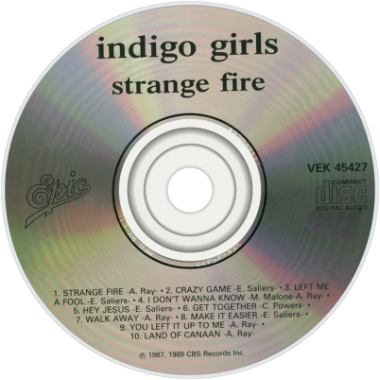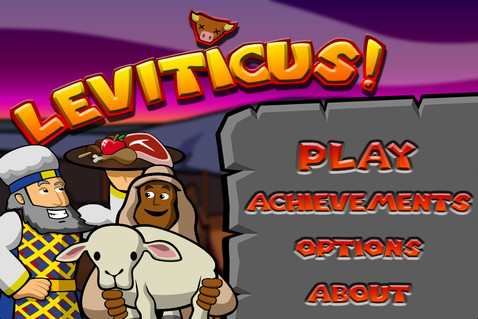
With their album and song, "Strange Fire, " the Indigo Girls referenced the tragic and mysterious story found in Leviticus 10. Nadav and Avihu, two priests, brought some kind of unauthorized offering into the sanctuary and died in a fiery blaze that erupted and consumed them. The Hebrew text described the incense offering they brought as a "strange fire." Clicking on the image above will take you to a Youtube of the song.

In Leviticus, as well as in Exodus, there are descriptions of the sacred garments the High Priest was to wear. These included a short sort of tunic called an ephod, and a breastplate featuring 12 precious stones, one for each of the 12 tribes of Israel. Today, all kinds of kitschy souvenirs, like this hamsa keychain, include depictions of the 12 precious stones adorning the breastplate.

Ben Shahn (1898 - 1969) was a Jewish-American artist and political activist. One of his most popular works was his 1965 painting, "Thou Shalt Not Stand Idly By," based on Leviticus 19:16. Usually a longer section of this verse is quoted: "Thou shalt not stand idly by the blood of thy neighbor..." This painting of Shahn's and many others sought to advance causes like civil rights and economic justice. Clicking on the image above will take you to a Youtube of a 10 minute documentary about Shahn.

Leviticus 19:28 prohibits cutting or tattooing one's skin, at least under certain circumstances. The correct interpretation is debated - within Jewish tradition, it has generally been understood to forbid all tattoos, though some rabbis aren't so sure. Clicking on the image above will take you to the website for a movie called "Tattoo Jew," which explores the increasing popularity of tats among young Jews.

G-dcast is a really fun Jewish learning website that has short, animated & narrated videos corresponding to each of the Torah portions (the Jewish sub-sections of the first five books of the Bible). Even though it's a Jewish resource, people of any background will enjoy it. It's clever, often funny, and sort of irreverent yet reverent at the same time. If you click on the G-dcast logo above, you'll be redirected to the G-dcast video discussing the ins-and-outs of an ancient skin disease. Have fun!

The Hebrew name for the Book of Leviticus is "Va-yikra," taken from the first Hebrew word of the book. The word means "And God called," as in "And God called to Moses..." In every Torah scroll, this word is hand written with a shrunken final letter (Hebrew reads from right to left). As you can see in the image above, the last letter - alef - is small compared to the other letters forming the word. It's not possible to say for certain why this is the tradition, but it led to rabbis throughout the centuries offering creative interpretations of the symbolic significance of the shrunken alef.

Leviticus is chock full of various kinds of behavioral prohibitions. A lot of contemporary activism combating the religious right's anti-gay use of Leviticus takes the form depicted in the image above. I dive into the problem of Leviticus and the persecution of LGBT people in the first chapter of the book.

Leviticus gets a bad rap among progressives, and in liberal Christian communities it sometimes gets depicted as totally antithetical to the humane and loving religious teachings of Jesus. As a religious progressive myself, I share some of these negative reactions to parts of Leviticus, but I believe it's a mistake to dismiss the book as a whole, given the many remarkable and profound ideas it has to offer us. My message is that it's a mixed bag, and that images like the one above oversimplify Leviticus in a way that isn't quite accurate. In the book I dive into these issues in depth in Chapter 9, which is called "Priests, Prophets, Rabbis, and Christians." As an aside, I have no problem with dissing Ayn Rand's ideas and political influence. :)



